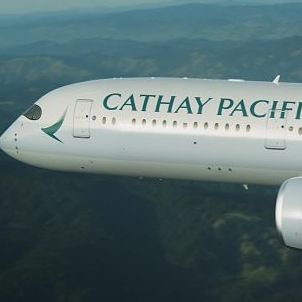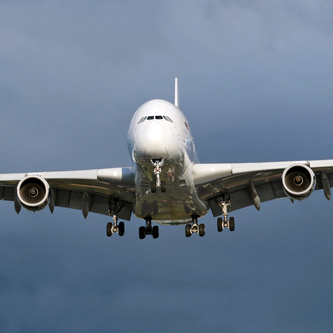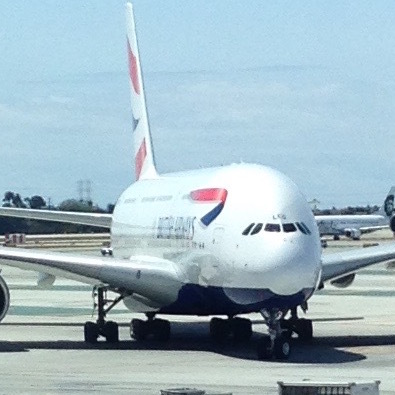Sat Jan 16, 2021 5:42 pm
Here's a thought - Ory-Ptp is 4,194nm, or near the 4,000nm max range of the A321XLR with full passenger load. So:
The A35K carries 415 pax in relatively dense configuration (94% of exit limit) 4,194nm burning 51.5t of fuel, or 0.0296kg fuel/pax/nm (excuse the mixed units)
The A321XLR has 39,500l fuel capacity, or maybe 35,500l ex reserves, or 28,542kg, so can carry 230 pax (94% of 244 exit limit) 4,000 miles using 28.542tonnes or 0.0310 kg fuel/pax/nm, or about 5% more than the A35K
Does that make sense?
In addition, the flight crew cost will be greater for the A321XLR (2 pilots for 230 pax vs 2 pilots for 415), so a little more in the A35K favour. The A330neo and 787 will presumably be slightly better over the shorter range (the A35K having more modern design/engines, but too much range)
This broadly aligns with my thought that the A321XLR will offer similar economics to wide bodies, but not a step change (slightly less good, but with half the pax, it can run on thinner routes or higher frequency). on this basis, it would seem likely that the A321XLR will find a place in the medium range between secondary cities, but will not be a game changer.
thoughts?






